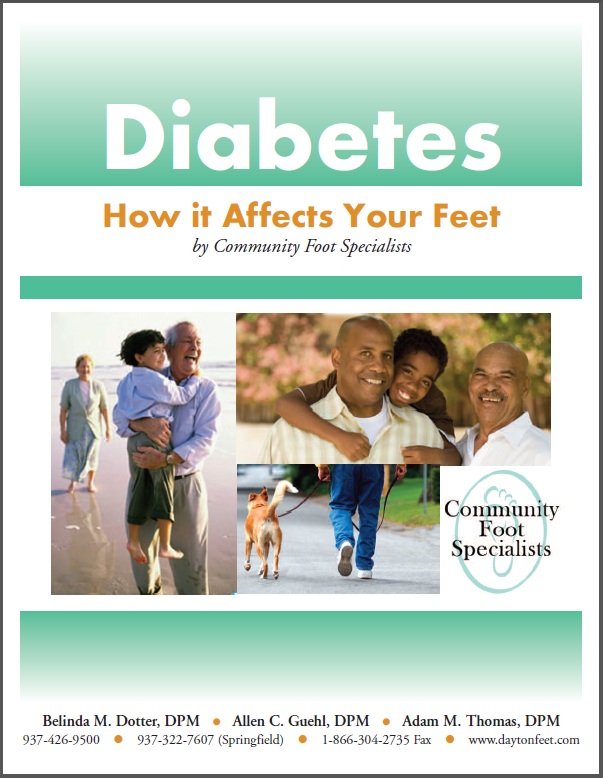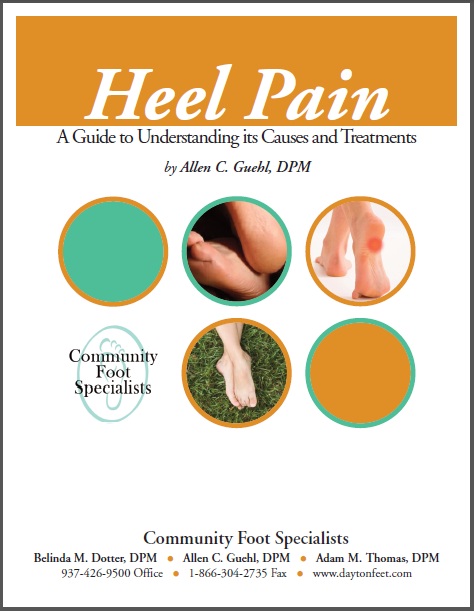Ulcers
Ulcers are breaks or wounds in the skin. Although they most frequently occur in diabetics, ulcers can occur in anyone, especially when blood flow to the lower limb and foot is compromised. Ulcers can begin in many ways, but in almost all cases they are dangerous and require medical attention. Ulcers most commonly occur along the bottom of the metatarsal heads (or balls of the feet)and on the big toe because those are the areas of the foot that are under the most pressure. Unfortunately, the skin can become ulcerated at any area, and they can be found on the heel, on the arch of the foot, on any of the toes and on the ankles. Ulcers often begin as a thickened area of skin in relation to an area of pressure. Over time, if a person is unaware of the increased pressure, due to conditions such as diabetes or neuropathy, that area can have a shearing force causing the skin to break open. This wound can continue to grow in depth and width until it receives treatment. This seems obvious, but often times a patient with diabetic neuropathy will never feel any wound and it will continue to grow. The longer the wound is open, the more likely it will encounter an infection.
Treatment of Ulcers:
First off, anytime that you are aware of an open wound on your feet in concurrence with diabetes or other vascular insufficiencies, you need to see a podiatrist. A podiatrist will begin with a physical examination and X-rays. X-rays will determine if an infection has traveled to the near-by bone, in which case further treatment is required. The podiatrist will also debride the layers of dead skin surrounding the ulcer to stimulate bleeding in the area and thus healing. If poor circulation is a concern, your foot doctor may also perform vascular testing to ensure that your circulation is healthy enough to heal the wound on its own. Depending on the depth of the wound, your podiatrist will likely want to see you every week until recovery is well on its way. During the recovery process, you should attempt to stay off of your feet as much as possible. The podiatrist can also fit you for a brace, or contact cast, or off loading shoe to relieve the excess pressure while you are on your feet.
If not treated quickly or properly, ulcers can develop into larger wounds and become infected. The infection is capable of traveling to deeper parts of the body, including bones. These are the cases that could indicate amputations of toes, or feet or lower limbs, so in any case please visit your podiatrist as soon as possible.



















